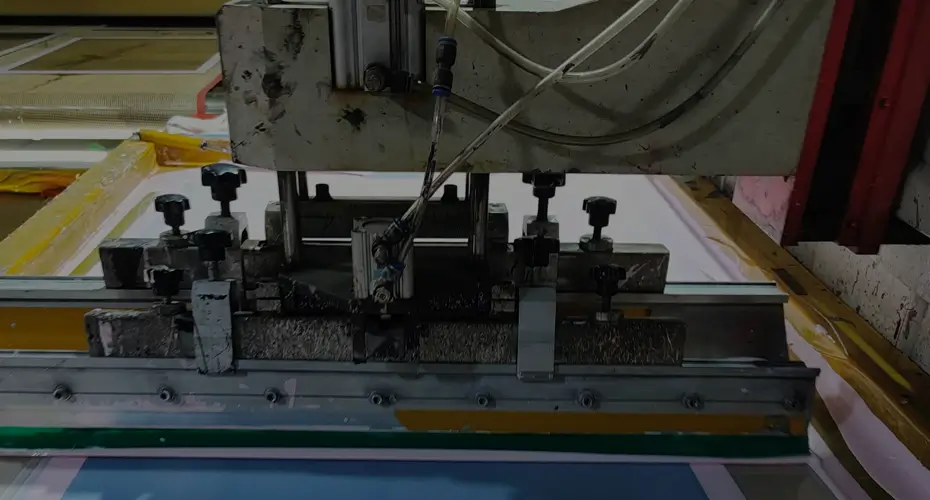Dec . 26, 2024 11:53 Back to list
Different Varieties of Glass Partitions for Modern Spaces and Design Applications
Understanding the Different Types of Glass Partitions
In contemporary architecture and interior design, glass partitions have become increasingly popular due to their ability to create open, airy spaces while providing privacy and functionality. These partitions serve diverse purposes in both residential and commercial environments, enhancing aesthetic appeal and maximizing natural light. This article explores various types of glass partitions, their applications, benefits, and design considerations.
1. Framed Glass Partitions
Framed glass partitions are characterized by a framework—typically made of aluminum or steel—that supports the glass panels. This type of partition offers stability and structural integrity, making it suitable for high-traffic areas such as offices, conference rooms, and retail spaces. The frames can be customized in various finishes, allowing for seamless integration with existing interior designs. Additionally, framed glass partitions can be designed with single or double-glazed panels to enhance insulation and soundproofing.
2. Frameless Glass Partitions
Frameless glass partitions are an increasingly popular choice among designers, known for their sleek, modern appearance. As the name suggests, they do not have visible frames, creating an unobstructed view that promotes light flow and openness. These partitions are usually made from tempered glass and can be customized in size and thickness to suit various applications. Frameless glass partitions are ideal for creating a sophisticated look in offices and are often used in meeting rooms and reception areas where visibility is essential.
3. Sliding Glass Partitions
Sliding glass partitions provide flexibility and versatility in space design. They can be opened and closed as needed, making them an excellent choice for environments requiring adaptable layouts, such as multifunctional workspaces or event venues. Sliding systems can range from manual to automatic, offering convenience while maintaining a modern aesthetic. These partitions optimize space by allowing for the easy transition between open and closed environments, accommodating gatherings and private meetings seamlessly.
4
. Operable Glass Partitionstypes of glass partition

Similar to sliding partitions, operable glass partitions are designed to be movable, allowing for easy reconfiguration of spaces. However, operable partitions typically consist of multiple panels that can be stacked or hidden away when not in use, providing a clean and streamlined look. They are often used in large conference areas or auditoriums where the need for privacy or openness changes depending on the event. The use of operable glass can enhance acoustics when closed, making them an ideal solution for spaces requiring sound management.
5. Frosted Glass Partitions
Frosted glass partitions blend privacy with the benefits of glass. The frosted finish obscures visibility while still allowing natural light to filter through, making these partitions an excellent choice for private offices, consultation rooms, and collaborative spaces. Frosted glass can be customized with various patterns and textures to align with brand identity or design themes, offering a unique visual element that enhances the overall aesthetic of the area.
6. Laminated Glass Partitions
Laminated glass partitions consist of two or more glass layers bonded together with a plastic interlayer. This construction provides enhanced safety and security, making laminated glass suitable for areas that may be prone to breakage or require additional sound insulation. Moreover, laminated glass can be treated for UV protection, helping to preserve furnishings and artwork from sun damage. This type of partition is commonly used in high-security environments, such as banks or government buildings, as well as in commercial spaces requiring high durability.
Benefits of Glass Partitions
The advantages of glass partitions extend beyond their aesthetic appeal. They promote a sense of openness, which can enhance collaboration and creativity in workplaces. Additionally, the use of glass partitions can lead to energy efficiency, as they allow natural light to flow through spaces, reducing the need for artificial lighting. Furthermore, glass partitions are relatively low-maintenance and durable, often requiring minimal upkeep compared to traditional walls.
Conclusion
Glass partitions are versatile and functional elements in modern interior design. With a variety of types available—including framed, frameless, sliding, operable, frosted, and laminated glass—there are solutions to meet the specific needs of any space. Whether for enhancing collaboration in the workplace or creating elegant aesthetics in residential designs, glass partitions continue to transform environments, offering a blend of beauty, functionality, and practicality. As architectural trends evolve, the role of glass partitions will undoubtedly remain pivotal in shaping our built environments.
-
Safety and Style with Premium Laminated Glass Solutions
NewsJun.24,2025
-
Reinvents Security with Premium Wired Glass
NewsJun.24,2025
-
Premium Float Glass Line for Modern Architecture
NewsJun.24,2025
-
Low Emissivity Glass for Energy-Efficient Architecture
NewsJun.24,2025
-
High-Performance Insulated Glass Solutions for Modern Architecture
NewsJun.24,2025
-
Elevates Interior Style with Premium Silver Mirror
NewsJun.24,2025
Related PRODUCTS














